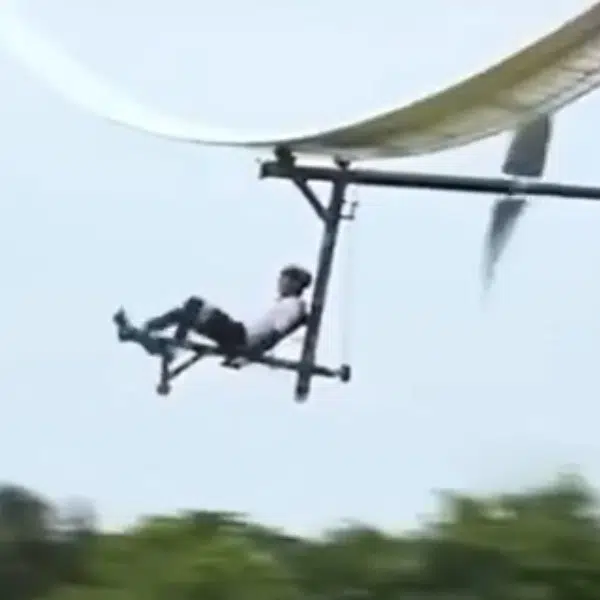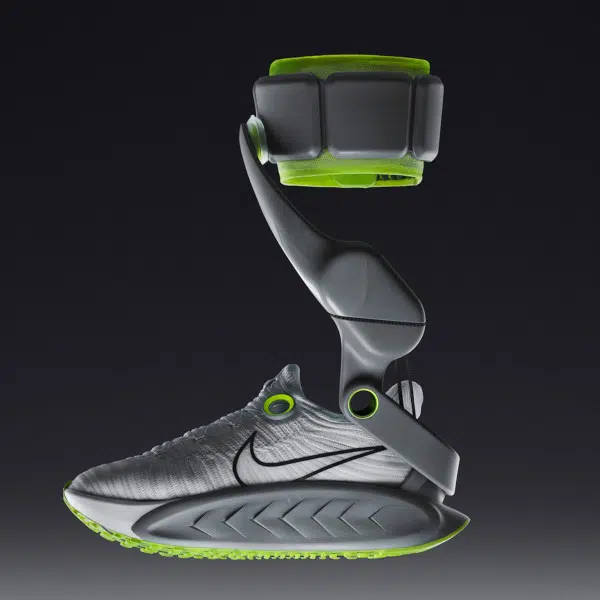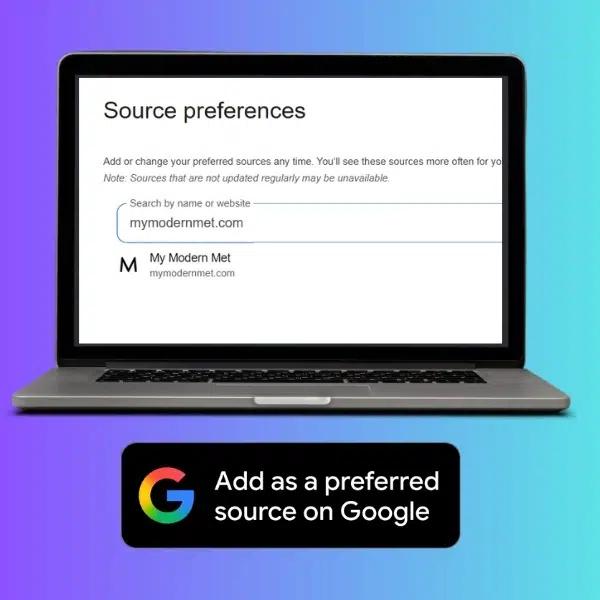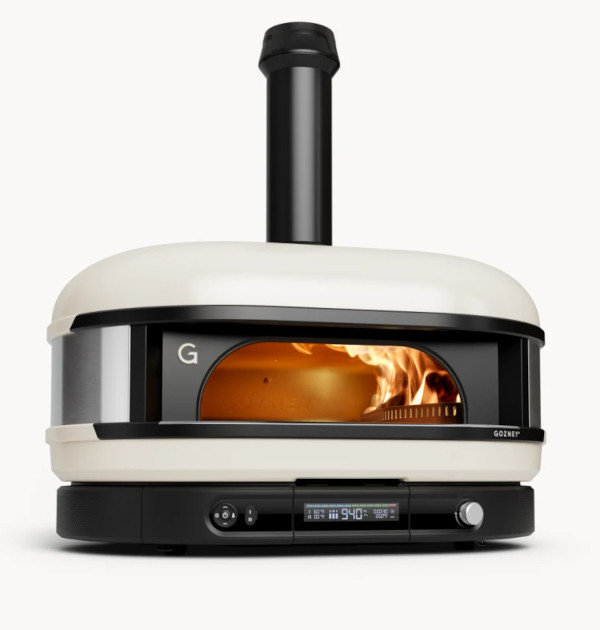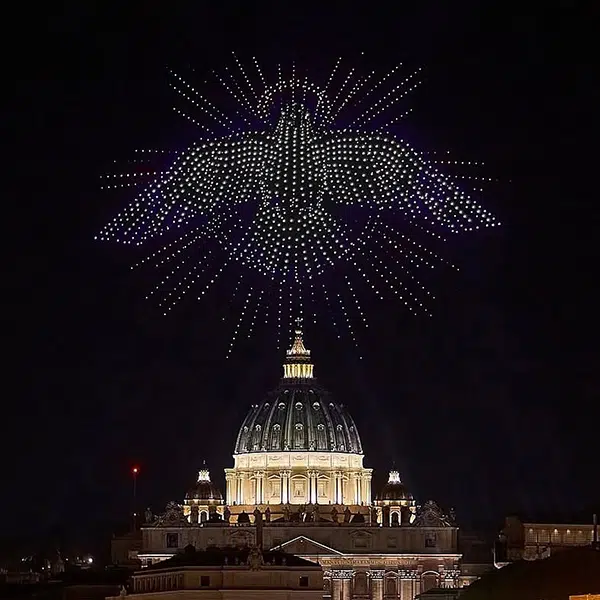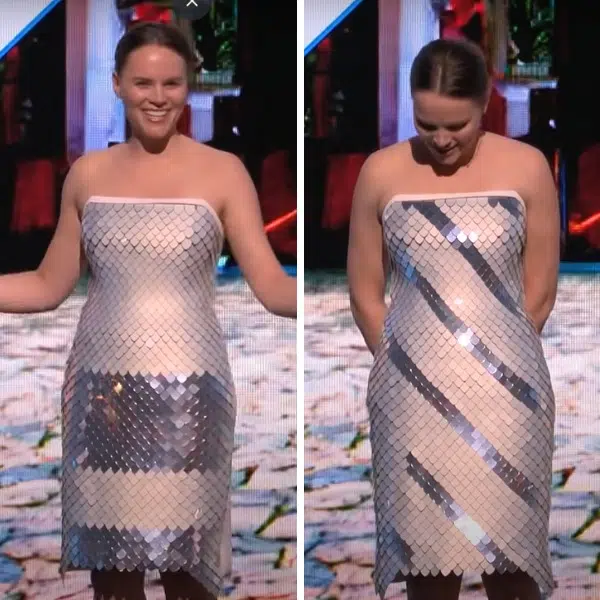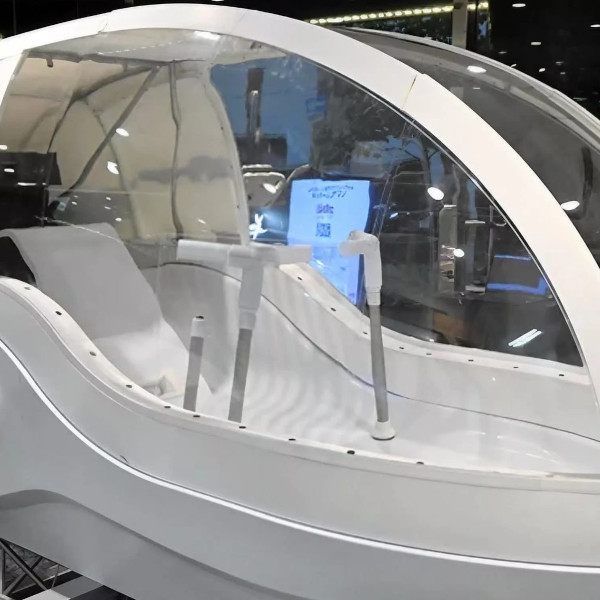Before tools like Google Translate and AI became mainstream, communicating with someone who spoke a different language was pretty challenging. But now, thanks to these tech advancements, it's a lot easier to connect with people from different cultures. These tools are great for those with able-bodied hearing capabilities, but people who are deaf or hard of hearing often can't benefit as much.
In an effort to bridge the communication gap between sign language users and non-users, two University of Washington undergraduates designed gloves called SignAloud that translate hand gestures into text or speech. Their innovative invention earned them a $10,000 Lemelson-MIT Student Prize in 2017, and the idea remains groundbreaking today.
Navid Azodi and Thomas Pryor met during their freshman year where they discovered their mutual interest in problem solving. At the time, they were studying business administration and aeronautics and astronautics engineering. Azodi gained further technical experience as a systems intern at NASA, and Pryor was an undergraduate researcher in the Composite Structures Laboratory in the Department of Aeronautics & Astronautics and software lead for the Husky Robotics Team.
They developed the SignAloud gloves to recognize various hand gestures used in American Sign Language (ASL) and translate them into spoken words and phrases in real time. Each glove uses sensors to track hand positions and movements, sending the data wirelessly via Bluetooth to a computer. The computer processes the gesture data using statistical regressions, similar to a neural network. When it identifies a gesture, it speaks the corresponding word or phrase through a speaker.
“Many of the sign language translation devices already out there are not practical for everyday use. Some use video input, while others have sensors that cover the user’s entire arm or body,” said Pryor. “Our gloves are lightweight, compact, and worn on the hands, but ergonomic enough to use as an everyday accessory, similar to hearing aids or contact lenses.”
Azodi and Pryor had a keen interest in building a device that would have real-world impact. “Our purpose for developing these gloves was to provide an easy-to-use bridge between native speakers of American Sign Language and the rest of the world,” Azodi explains. “The idea initially came out of our shared interest in invention and problem solving. But coupling it with our belief that communication is a fundamental human right, we set out to make it more accessible to a larger audience.” Their incredible SignAloud gloves won the “Use It” undergraduate category that recognizes technology-based inventions to improve consumer devices.
Today, young inventors are continuing to push the boundaries of technology. Pryor is now an Avionics Engineer at Astrolab, focused on “Building rovers for the moon!” Meanwhile, Azodi serves as a Technology Consultant at Accenture.
Two University of Washington undergraduates won the Lemelson-MIT Student Prize for designing gloves that can translate sign language into text or speech.
Lemelson MIT: Website | Facebook | Instagram | X | YouTube
All images via SignAloud.
Related Articles:
Entire Neighborhood Secretly Learns Sign Language to Surprise Deaf Man in Istanbul
Deaf 15-Year-Old Learns to Speak For the First Time Using Sign Language












































































